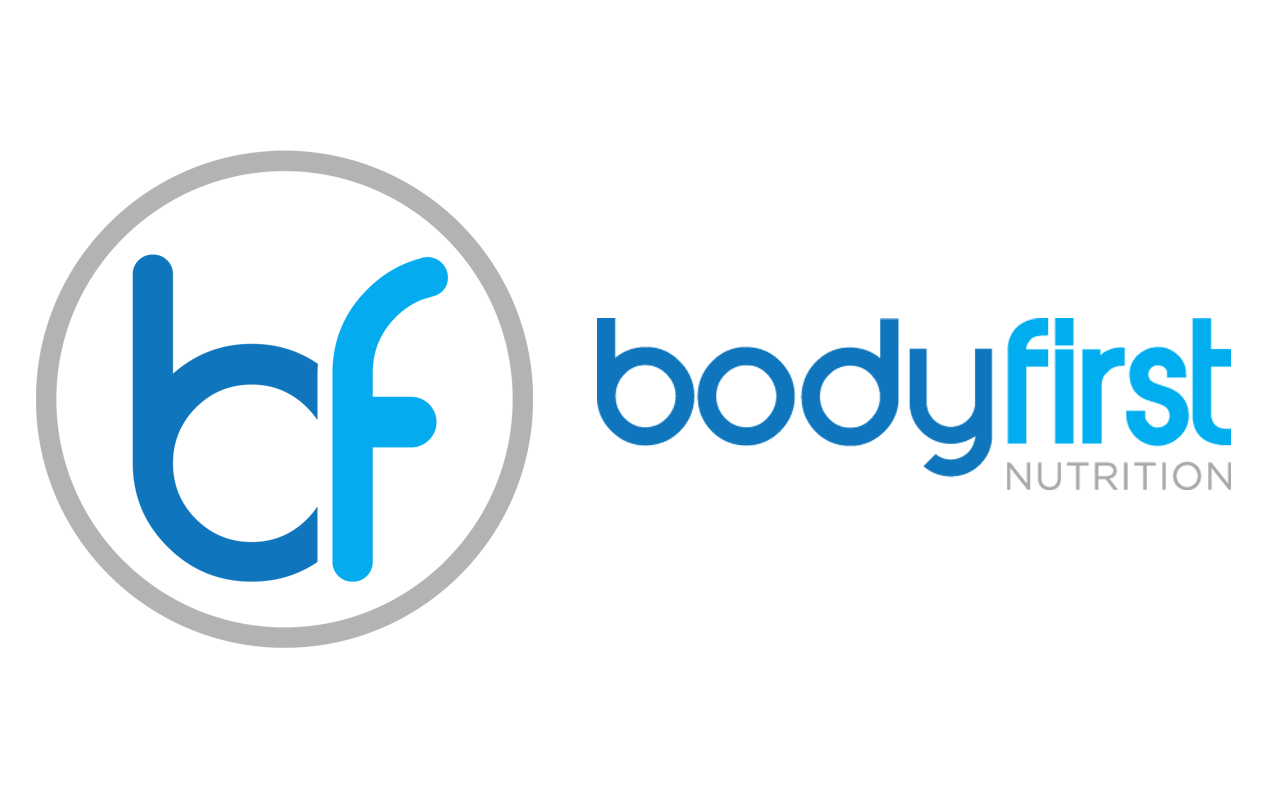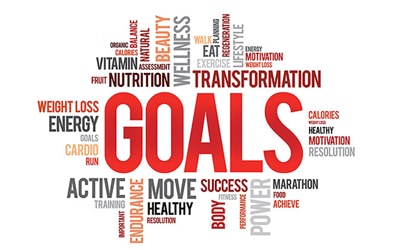Get back on track (Part 2)
GETTING BACK ON TRACK IN THE NEW YEAR PART 2 – WHICH HABITS AND BEHAVIOURS TO WORK ON
Now that we have discussed how to go about goal setting in part one of this post, if you haven’t read part one then please do because it’s important and sets the basis for any of the following – it’s no good picking habits if you don’t know why you want to choose them based on what you want the overall outcome to be.
You will likely have specific goals and be able to distil behaviours from those that are going to help you succeed. I would encourage you to do this as these will likely be the most meaningful to you (so important as discussed in the previous post) but in the spirit of getting fitter, healthier and more well both physically and mentally this year here are some habits that will give cover a lot of bases and give you a lot of return on the time and effort you invest.
If you haven’t taken heed by now once you select one or two from this list to get started REFER to part one so that you know how to implement them successfully and so it doesn’t end up just a six-week fling. All of these habits and behaviours must be viewed through a lens of successful implementation that is discussed on part one.
1) Practice Gratitude
This may be a surprising one to start off with because ‘hey you’re a nutritionist and this is a nutrition blog’ – true, and there’s a lot more to health than just what you put in your body and how you move it. You can’t separate what happens in your head from what happens in your body either – they are intimately linked. So if there’s ONE thing I could encourage people to take on board for this year it would be to adopt a regular practice of gratitude. There are many many ways to do this – the simplest is probably to dedicate five minutes in the morning to write down some things you’re grateful for though you could do the same in the evening or at any point in the day really. Writing it down does seem to have a more powerful effect than just thinking it so put pen to paper or thumb to screen or fingers to keyboard and get going. Practicing gratitude is the simplest thing you can do to improve your happiness and sense of well-being. In some studies it’s shown to increase your happiness as much as doubling your salary and that was only with practicing once per week. I would suggest doing it daily or close to it. And the best thing is the change is lasting – doubling your salary might make you happier temporarily (and not at all past a certain point) but it’s shown that once you adjust to this being the new ’normal’ the effects wear off. Gratitude will keep you happier!
My best tip for practising gratitude is to be quite specific about what you’re grateful for. ‘Friends, partner, family, health’ will get stale pretty quickly and you lose connection to it. Think about specific people and what about your relationships with them you’re grateful for. Events, trips, opportunities etc. What your health allows you to do that you’re grateful for.
It can be as simple as just getting a copybook and a pen and writing one to three things each day. Or if you want some help and structure to it there are many gratitude journals available. My favourite being The Five Minute Journal.
2) Get more quality sleep
Similar to a gratitude practice this habit will pervade your entire day and life. Better health both physical and mental awaits you when you start taking your sleep seriously. Improvements in well-being, fat-loss, muscle gain, recovery, performance, protection from diseases, improved symptoms, improved mood, increased resilience and tolerance to stress and more – sleep does it all. For most people 7-9hrs of quality sleep per night is ideal – you can tell if you’re getting enough based on your energy levels when you wake up and during the day. If it’s a major struggle to get up each morning it’s probably worth investigating your sleep. And if you’re getting less than 7-9hrs then you would first address this before looking elsewhere.
If you need more help on getting better sleep read this blog post.
3) Eat more protein rich foods
These contain essential nutrients to help you recover, stay healthy and sustain stable energy and hunger levels throughout the day. If you exercise then you want to get about 1.5g-2g of protein per kilogram of your bodyweight per day. And even if you don’t exercise I would still aim for 1.5g/kg. The best protein-rich foods are all meats, fish, poultry, dairy, eggs, soy products like tofu, protein powders. Secondary to these foods that will also contribute are pulses and legumes i.e. lentils, chickpeas, beans and grains like breads, pastas, rice and oats. If you want somewhere to start consider adding a scoop of protein to your breakfast (breakfast is quite low in protein for most people) and/or a protein bar or biltong as a snack during the day. Improving your health, fitness or weight-loss efforts becomes infinitely easier when your protein intake is high. That’s why it’s the one thing you’ll rarely see argued about in the field of nutrition. We all pretty much agree high protein is a good idea.
4) Eat more plant foods
Vegetables, fruits, pulses/legumes, wholegrain are among the healthiest foods you can eat – they contain many important nutrients you won’t find elsewhere to keep you healthy and strong and resistant to illness and they tend to be very filling and low in calories and high in fibre which makes them ideal for anyone wanting to lose fat. Instead of removing foods at random focus your efforts on eating more of these plant foods. Experiment with different cooking methods and seasonings to make them tastier if you need to build up to eating more of them. There are endless recipes online to help you with this. I particularly like the BBC Good Food website. Consider using a blender to make smoothies with spinach and fruit (and maybe some protein powder) as the sweetness of the fruit or protein will help hear. Similar to eating more protein this is one we can pretty much all agree on. Except for those pesky carnivore advocates but it’s probably best to ignore them. Greens powders are also an easy way to get in more plant nutrients while working your way up to eating more plant foods.
5) Get some exercise
We all know that exercise is good for us, or at least helpful when wanting to lose weight. The fact is there are far more benefits to some sort of exercise than just to help to lose weight. In fact, studies show that when exercise is used alone without any change to diet the results for fat-loss are quite poor. So if fat-loss is your main goal then you should focus on diet and nutrition and you should exercise for other reasons. Better sleep, improved strength, better mood, more social interactions, improved cardiovascular health are all extremely good reasons to get involved in some sort of exercise. Do something you enjoy and will therefore stick to. It doesn’t have to be running and it doesn’t have to be going to the gym. Anything is a good idea. And it’s one of the greatest acts of self-care so think about it as such – not something you have to do to punish yourself. F*ck that.
6) Eat oily fish or supplement with a marine omega-3 supplement
There’s a good reason oily fish consumption is at the top of many nutritional guidelines – they are an excellent food and are shown time and again to be one of the healthiest foods we can eat, much of this is due to the high concentration of omega 3 fats found in them. These are essential for us to be healthy both physically (particularly heart health) and mentally (very important for brain health). Oily fish are salmon, mackerel, sardines, anchovies and herring (kippers). One to two servings per week is enough and if you’re like most people and not great for eating oily fish then an omega-3 supplement might be for you. When you check the label you will see quantities for EPA and DHA – these are the omega-3 fats we want. For a daily dose you need to get 1000-2000mg of EPA and DHA combined. For example if a serving of fish oil is 2x soft gels and that gives you 500mg of EPA+DHA then you need to take 4-8 soft gels per day. Take them with a meal that contains some fat as they are better absorbed this way. The only valid plant source of marine omega-3 to get these fats is algae oil, so for vegans this is the one to go for.
7) Take a vitamin D supplement
Vitamin D is an extremely important nutrient that we can’t get enough in Ireland between October and March because we don’t get enough appropriate sunlight. This is how we usually get our vitamin D and since it’s nearly impossible to get enough from food, a supplement is advised. Somewhere in the range of 2000-5000iu per day, taken with a meal is going to be ideal for most people. Vitamin D is crucial for bone health, hormonal health, immune function, mental health and a whole host of other things. It’s the most common nutrient deficiency in the Western world so address it. Then when there is adequate sunlight between March and October you still need to make an effort to get enough sunlight. Fifteen minutes of face and forearm exposure in daytime sun five days per week is enough but remember this has to be ‘unprotected’ sun exposure that isn’t blocked by suncream. Also, please don’t burn, that is not good for you either.
8) Cook more at home
The more meals you prepare yourself the healthier they are likely to be both for your body and for your wallet! Look to develop your cooking skills little by little and get more accustomed to cooking at home and meal preparation. You don’t need to be a master chef, you can do a lot with very basic cooking skills to create tasty meals and quickly. Recipes online or in books can be a great help and give you ideas of what to shop for. If you’re not used to cooking or meal preparation then take it slowly – try one new recipe per week or some appropriate amount for you and your situation and build up your repertoire from there. If you are very time poor or near more of a helping hand to get you eating healthier while you figure out this cooking business consider a meal prep delivery service like Bodyfirst Prepp’d.
By Brian Ó hÁonghusa
Nutritionist & Head Coach, The Fit Clinic
Instagram: @brianohaonghusa





